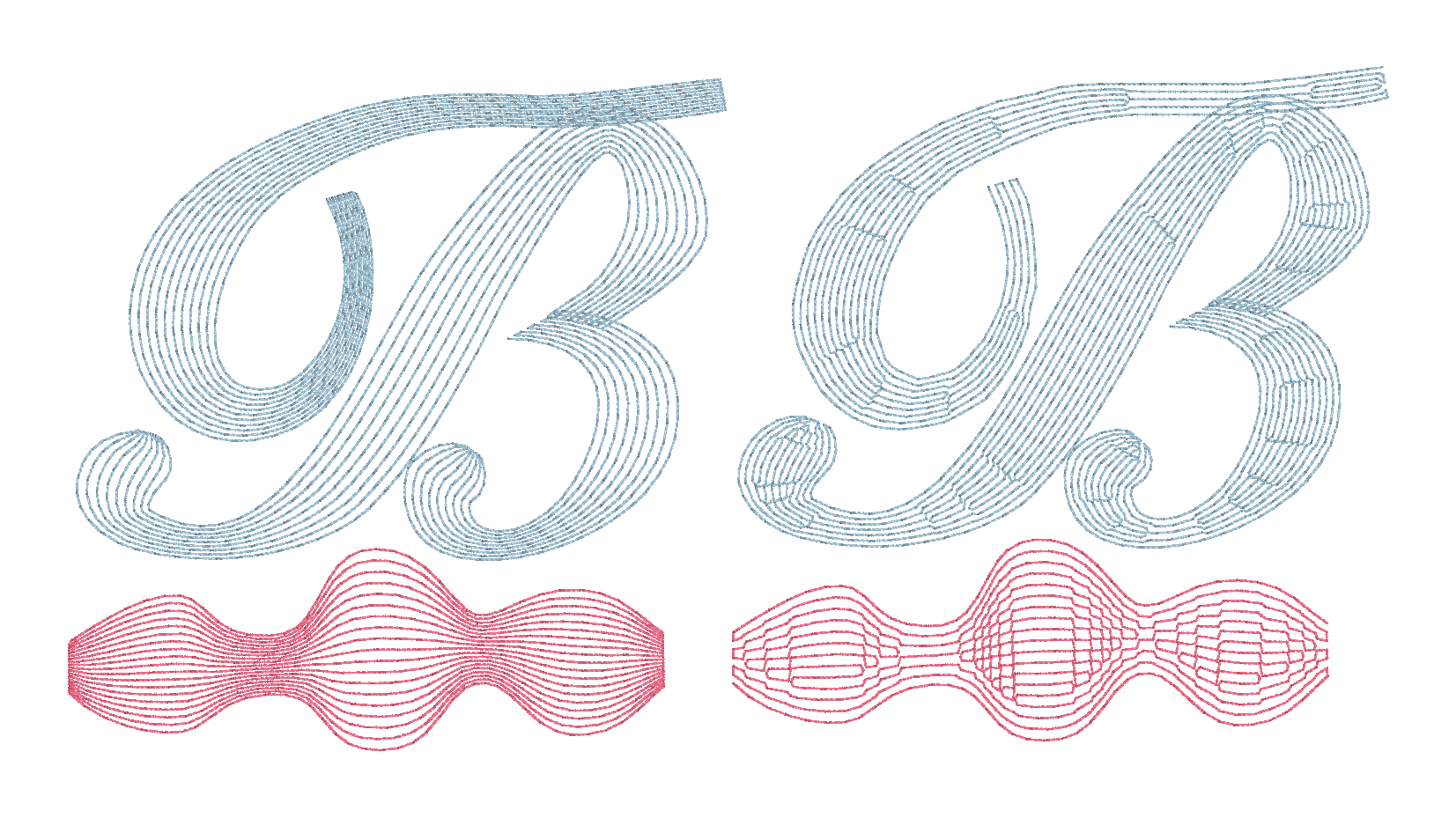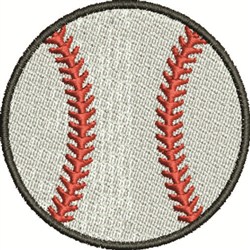

As you may see below, parts of the R look a little more like satin and it does sew that way if the font is thin enough. Here is a fill stitch 3 letter monogram ~ same as above MWP Arabesque. It really depends on how big the monogram is – if it’s big and you’re using satin stitch, then you run the risk of the thread looping or getting caught or pulled. Hopefully you see the difference? Fill stitch requires more thread and takes longer to sew, but for certain projects I prefer a fill stitch (like I mentioned ~ towels, blankets). As you can see, it’s not a back and forth stitch, but rather a filled in stitch (hence the name?). Here is a fill stitch and this is also MWP Serif Block font. If you buy font files off the internet, then they may come either way (probably) depending on how big the letters are. When you’re using MWP, it gives you the option of fill stitch or satin stitch for your monogram (below ‘system functions’ box where you save your files).
#Satin stitch settings for sew art plus#
I use Monogram Wizard Plus and the below font is Arabesque. Here is a 3 letter monogram done in a satin stitch. When you see the fill stitch photo hopefully you will see the difference! This is Monogram Wizard Plus Serif Block. It’s a back and forth FLAT stitch and this is what it looks like below. Maybe this will help? Basically a satin stitch is the same as the finishing stitch on appliques. I mentioned that when I monogram towels, I like to use a fill stitch (and that is my personal preference, not a requirement). Tick the auto spacing option if you don’t already check.I had someone ask me after my Stabilizer post yesterday what the difference is between satin stitch and fill stitch.

For object properties, right-click the satin icon and then select auto spacing, adjust density percentage.Ĥ. On the other hand, we have to need to select an existing embroidery object and click satin.ģ. And then we have select satin and make an embroidery object.
#Satin stitch settings for sew art how to#
How to apply Satin stitch with auto spacing?ġ.To apply the stitch with auto spacing at first we have selected the digitizing method that we want such as column C.Ģ. So we need to adjust stitch density by setting a fixed spacing.

Contrarily, in very thin columns, stitch density may be too high and needle punching damages the fabric. When a column is too wide, the stitches cannot cover the fabric properly. Maximum times, this option avoid cord breaks and makes visually appealing columns of satin stitches In wilcom embroidery software, the auto spacing advantage is go-round on by default. To apply this stitch we have to follow the following step: How to Work Satin Stitch in Wilcom Embroidery studio? If our shape happens to be big, we can divide it into smaller sections and each section can be filled with shorter satin stitch. Another thing is to keep in mind that this stitch is not kept too long. The stitch will be smothered to do when the fabric is pulled. To avoid the two conditions, it will be wise to use an embroidery hoop in order to hold the fabric tight. Holding it so loose will flag the stitch. When you performing you have to make sure the stitches are not pulled so strictly as it wraps the fabric. The difficulties of this stitch are to carry on the neatness, basically when the edge of the pattern is being filled. The other name for the satin stitch is damask stitches. The efficiency in creating a the stitch is to create the stitches lie remain evenly and closely together and to retain a neat edge to the shape being filled.

The stitches may be worked in any administration and they may differ in size, for example, when feeling mass leaf form. The operation is recurrent until the area is filled in. It is worked by carrying the thread across the space to be filled and returning under the material next to the stitch just made. The word satin stitch has been taking from its similarity to the shiny appearance of Satin cloth. Basically, this stitch used to fill in part of a design. Satin Stitch is an important stitch in embroidery digitizing which is widely used for embroidery technique worked in close, parallel rows.


 0 kommentar(er)
0 kommentar(er)
